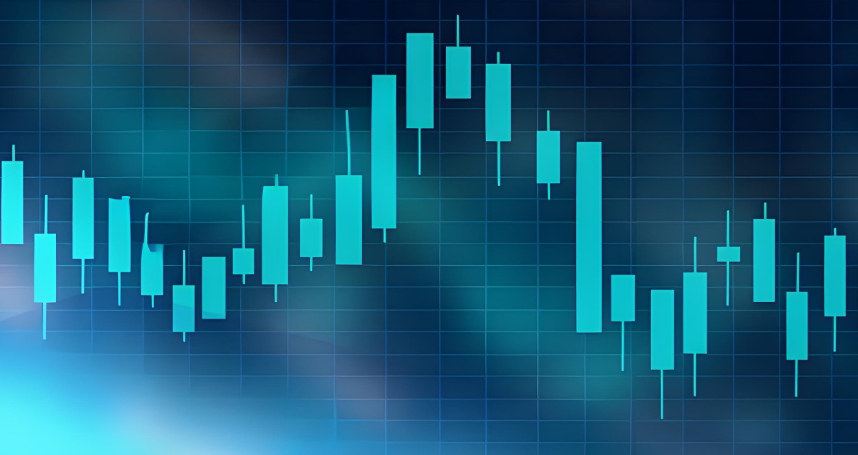In the early hours of Thursday, the highly anticipated minutes from the latest Federal Reserve meeting were released, instantly capturing the attention of global financial markets
During this meeting, the Fed was seen diligently assessing the trajectory of monetary policy.
Recent data from the U.Seconomy has showcased a robust performanceJob reports indicate a significant increase in employment; the unemployment rate hovers at a low level, reflecting an active and stable U.Slabor marketThere's a strong willingness among businesses to hire, providing a solid human resource foundation for economic developmentConsumer sentiment is also on an upward trend, with retail sales continually climbing, showcasing consumers' optimistic outlook on the economy and their strong spending capabilitiesAs consumer spending constitutes a vital engine for economic growth, this vigorous performance is effectively propelling the economy forward
In the manufacturing sector, the industrial production index shows steady growth, with sufficient order volumes and a high factory utilization rate, suggesting that the U.Smanufacturing industry is on a promising growth pathAll these data points combine to clearly depict a healthy economic environment in the United States.
However, despite the seemingly optimistic economic outlook, concerns regarding inflation linger ominously in the financial airAlthough current levels of inflation are manageable, the potential risks for an uptick cannot be disregardedThe Federal Reserve, as the architect of America’s monetary policies, is tasked with navigating the delicate balance between ensuring economic stability and maintaining maximum employment levels
They are acutely aware that interest rate policies carry dual consequences; they can stimulate economic growth or inadvertently trigger inflationary pressuresThus, they are poised to gradually adjust interest rates toward neutral levels, which signifies that the Fed is entering a pivotal phase in its rate corrections.
Amid discussions surrounding the central bank's direction for interest rates in January, investors possess their own assessmentsData from the interest rate observer reflects that nearly 93% of market investors believe the Fed will refrain from cutting ratesThis expectation is not without foundation; the robust performance of the U.Seconomy leads the market to conclude that the Fed doesn’t need to inject further stimulus through rate cuts

Conversely, these inflation concerns cause trepidation among investors regarding the potential consequences of rate reductions possibly exacerbating inflation.
Recently, Federal Reserve official Christopher Waller expressed thought-provoking views regarding potential rate cutsWaller posits that it is reasonable for the central bank to consider further cuts this yearHis rationale is multifaceted; while the present economic indicators are robust, he argues that moderate cuts might aid in sustaining stable economic growth and mitigating potential economic downturn risks down the lineWaller also explored implications of new economic policies potentially introduced under the Trump administration, such as tariffs, believing they would not substantially alter the current inflation trajectory
His perspective offers a fresh lens for the market's views on monetary policy, subtly influencing expectations of future Fed actions.
It is undeniable that current inflation data and sustained consumer expenditures present some upward risksRising prices and increased consumer spending may introduce instability into the economic landscapeNevertheless, the Fed anticipates that the U.Sjob market will continue on a solid upward trajectoryA stable job market not only safeguards residents' income levels, thereby stabilizing consumption, but it also fuels ongoing economic development.
The market remains acutely focused on the shifts in the American economy and inflation topics, particularly with the impending developments regarding tariffs from the Trump administration
There are anxieties over whether these potential adjustments could further influence the market trendsChanges to tariff policies could profoundly impact trade balances, production costs for businesses, and consumer purchase prices, thereby indirectly affecting economic growth and inflation levelsOn Thursday, the U.Sdollar index saw volatility yet managed to close above the 109.10 markRecently, this dollar index has even reached its highest level in nearly two yearsMarket sentiment is buoyed by expectations that the U.Sgovernment may drive the dollar to new heights, given the strong economic indicators and rising anticipation surrounding government policiesThis scenario suggests that short-term economic data may continue to exhibit robust growthAs the world’s primary reserve currency, fluctuations in the dollar’s performance will undoubtedly have widespread and profound ramifications across global financial markets.

Leave A Reply